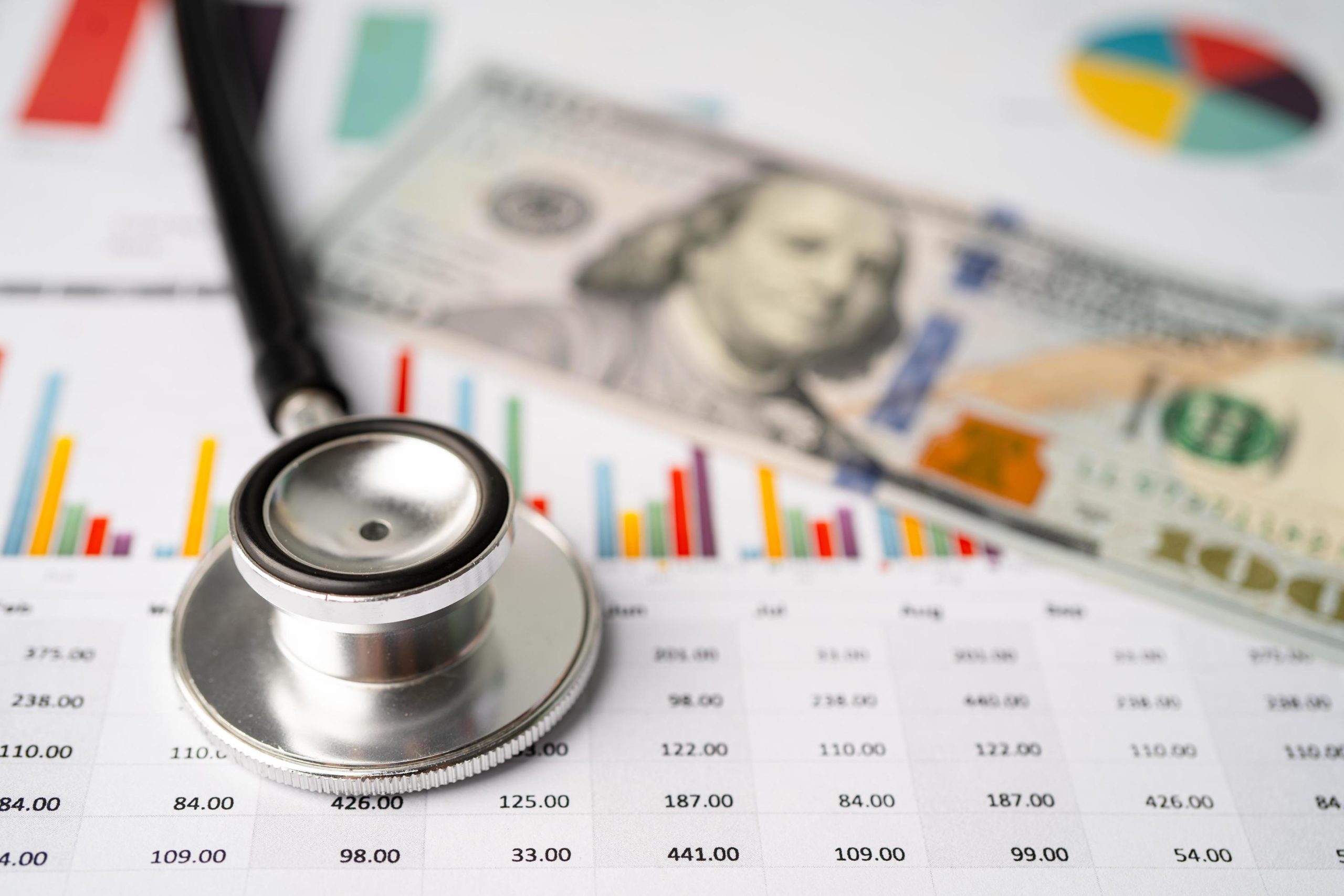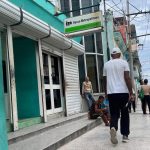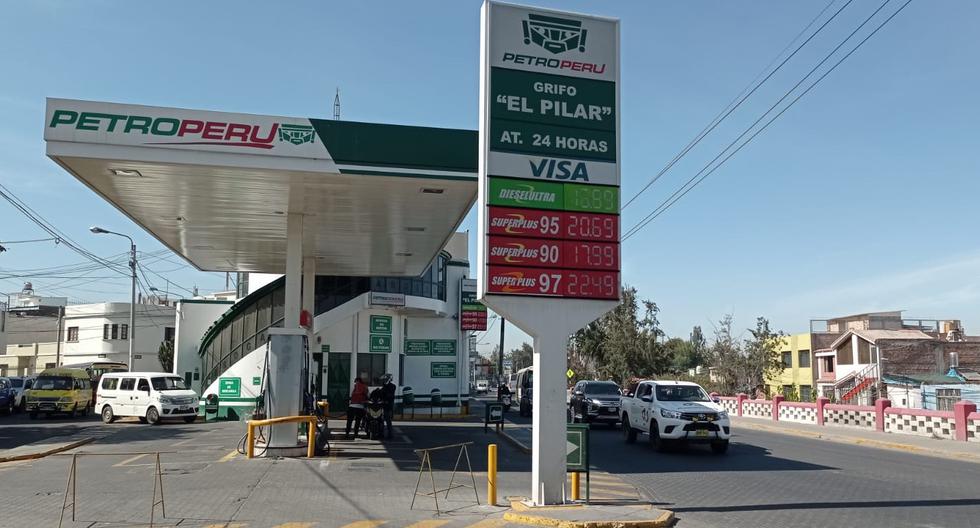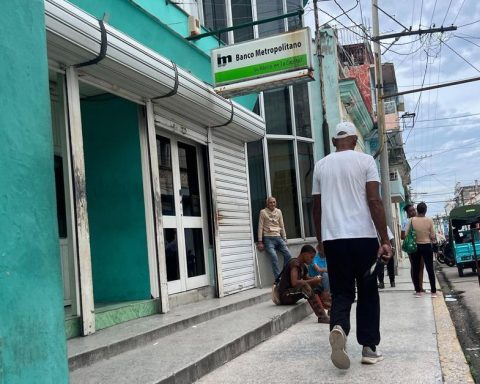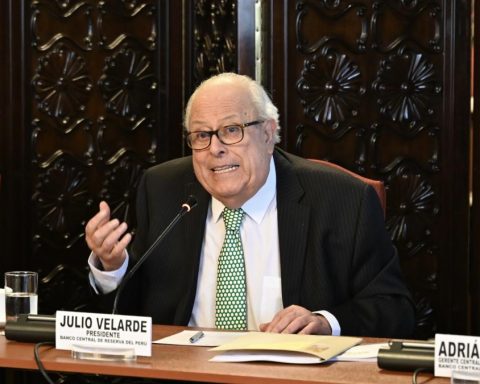According to the study by the economist Verónica Serafini, called “Pandemic and health in Paraguay: Two myths about the role of the State and development”, Paraguay is among one of the countries with the lowest investment in health and consequently with the highest out-of-pocket spending as a proportion of the country’s total spending on health.
This means that, of the total spent on health in Paraguay, almost half comes from direct payments made by families, therefore, if families do not have sufficient resources when a member falls ill, they are excluded or self-excluded. of the health system.
veronica serafino
For the analyst, this is resented in the most vulnerable sectors, since 60% of the population that earns less than the minimum wage invests all that income in basic issues, as in this case it would be health. In this way, it can be seen how much of the family budget goes on out-of-pocket expenses for health, after food and transportation.
However, the problem is not only health spending, but also household indebtedness for health, in fact this represents the first cause of indebtedness in the country, according to a survey by the Central Bank and the World Bank.
BILLS
According to data from the World Bank Group, only in 2017 in our country, 11.8% of people over 15 years of age lent money for medical purposes; 13.8% have borrowed money for medical or health purposes while in the workforce; 12.3% have lent money for medical or health purposes, having lower incomes; and 11.2% have lent money for medical purposes, being in a rural context.
On the other hand, according to another study addressed by the economist Serafini, called “The contributory pillar of social protection in Paraguay”, if current health expenditures in Paraguay are compared, in relation to GDP, with other countries in the region , in 2016 the country spent 8% of GDP, Cuba 12.2%, Uruguay 9.1%, Chile 8.5%, Brazil 9.1% and Colombia 5.8%.
Thus, 37.9% of this expense is out-of-pocket, for which access to health depends on the ability of households to pay if any of its members falls ill. Paraguay is one of the countries with the highest out-of-pocket spending. This basically means that people are excluded from their right to health due to lack of resources, since access to health services depends on the individual or family’s ability to pay.
WHAT’S MISSING
Taking into account the studies, in financial terms a minimum public investment of 6% of the Gross Domestic Product (GDP) is required. Greater investment is a necessary, though not sufficient, condition to combat inequities and move towards universal health.
“No matter how efficient you are by spending little, you will not be able to solve the health problem because we spend more than half of what a country with a better health system spends. One part of the problem is related to corruption, but the other part also has to do with the public contracting model,” he pointed out.
This was expressed referring directly to the medicines that are sold with overcharges for the head hospital entities in our country, since the out-of-pocket expense for health is focused mostly on the acquisition of medicines, apart from the payment for hospitalization, among other factors.
In the case of health, Paraguay allocated in 2020 barely 2.6% of GDP, considering the Central Administration and if the IPS (1.5%) is included, it reaches 4.1% of GDP, which is clearly insufficient considering that the international recommendation is at least 6% of GDP. In this way, the nation becomes a “every man for himself”, taking into account that only those with high incomes can invest openly in their health, while those with low incomes are left with almost nothing, according to Serafini.
